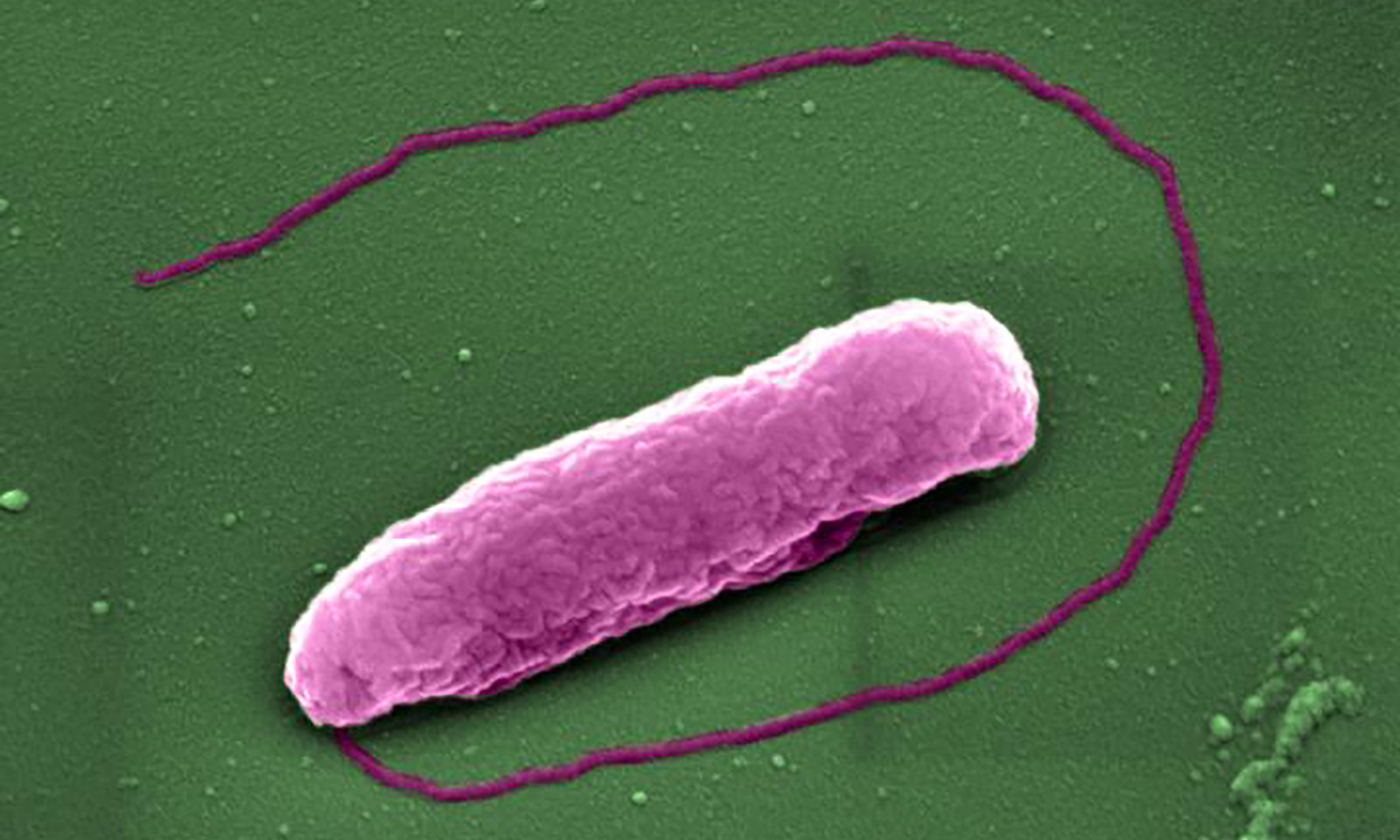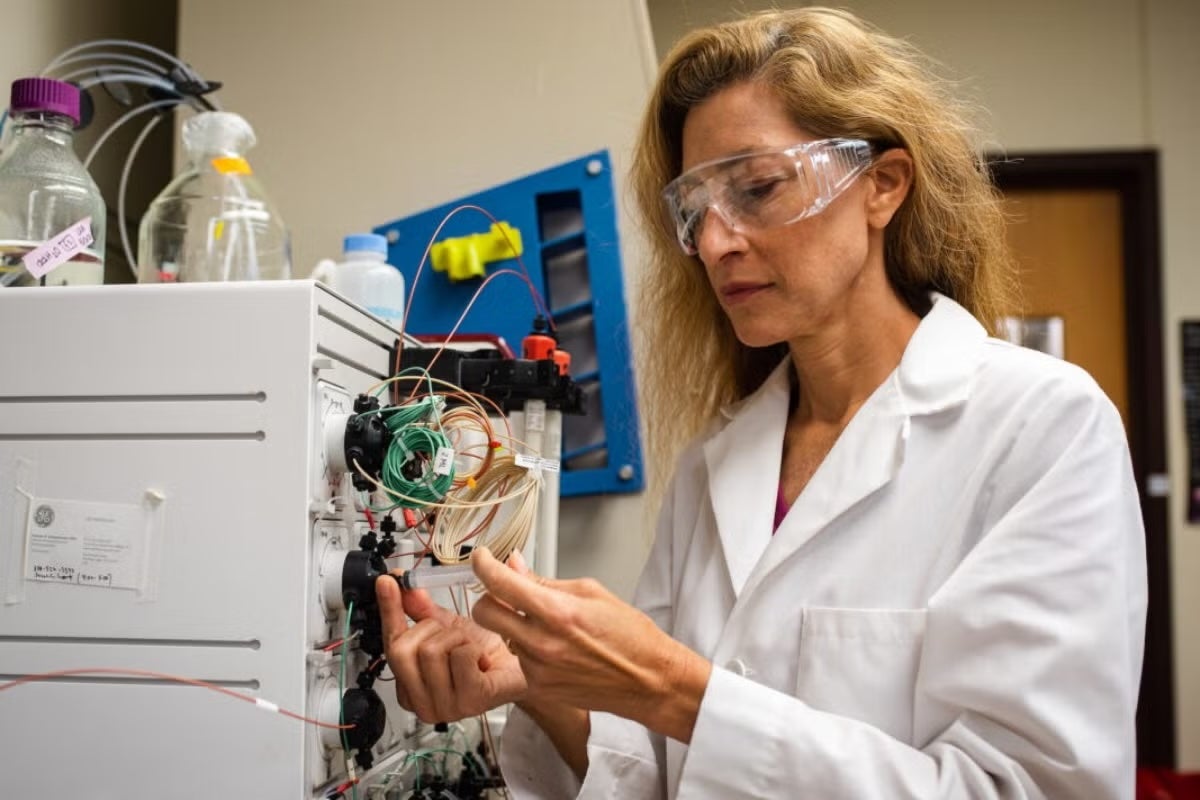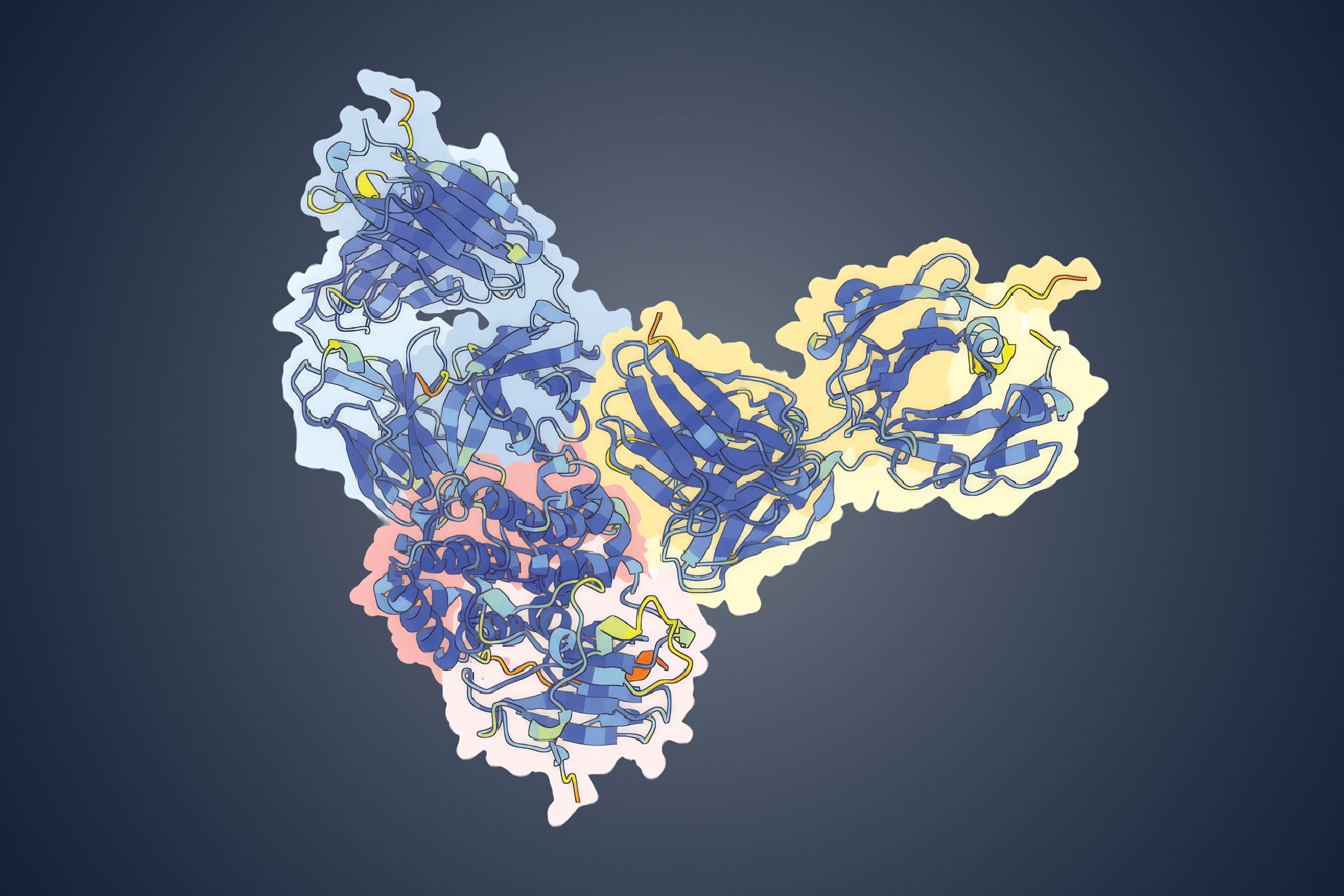
The superbug Pseudomonas aeruginosa, which can cause lung infections in people on ventilators in Intensive Care Units. Credit: Imperial College London.
A 70-year mystery has finally been solved and the solution could help in the fight against antibiotic resistant bacteria.
A new study led by researchers at Imperial College London, and including UT Austin's Despoina Mavridou, reveals that colistin, a last resort antibiotic "punches holes in bacteria, causing them to pop like balloons." Published in the journal eLife, the work also identified a way of making the antibiotic more effective at killing bacteria. That could be useful as the world faces increasingly resistant superbugs.
Colistin was first described in 1947, and is one of the very few antibiotics that is active against many of the deadliest superbugs. Many dangerous bacteria have two skins, or membranes. The way colistin punctures the outer membrane was already known, but this research explains how it punctures the inner membrane. In studies in mice, the researchers found that combining colistin with an experimental antibiotic that makes a bacterium's inner membrane more vulnerable boosted the effectiveness of colistin at treating lung infections.
Mavridou, who joined UT Austin as an assistant professor of molecular biosciences in 2020, is an expert in cell envelope biology and antibiotic resistance. In this study, the Mavridou lab generated all the genetically tractable bacterial strains that were used to investigate the mechanism of action of colistin and supported aspects of the study related to the assessment of cell envelope integrity.
Read more:
Discovery That Antibiotic "Pops" Bacteria Could Lead to Improved Treatments for Superbugs, Genetic Engineering & Biotechnology News
'Last resort' antibiotic pops bacteria like balloons, Imperial College London



